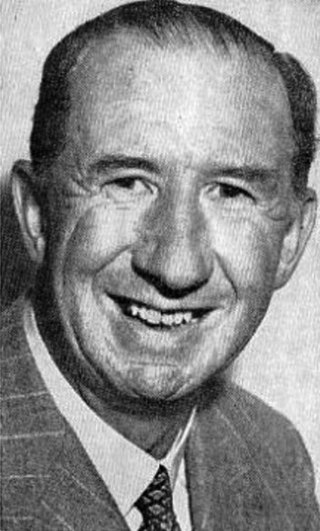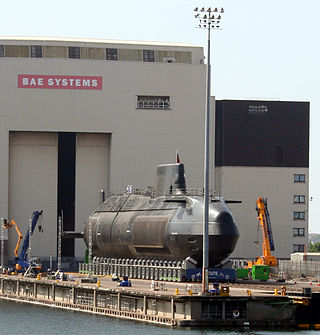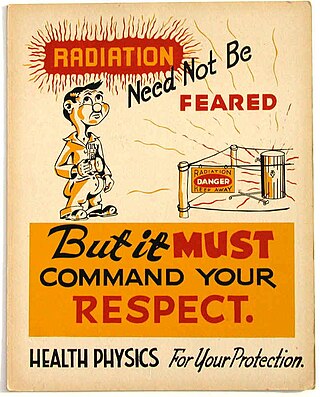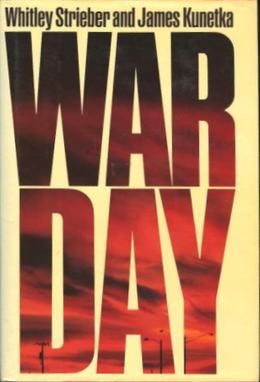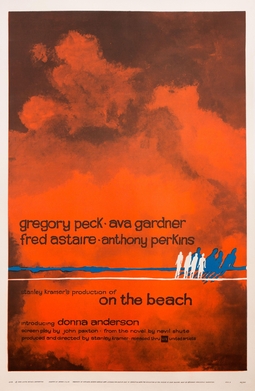Plot
In 1963, World War III has devastated most of the populated world, polluting the atmosphere with nuclear fallout, and killing all human and animal life in the Northern Hemisphere. The war began with a nuclear attack by Albania on Italy, and then escalated with the bombing of the United States and the United Kingdom by Egypt. Because the aircraft used in these attacks were obtained from the Soviet Union, the Soviets were mistakenly blamed, triggering a retaliatory strike on the Soviet Union by NATO. The Soviets also attack the People's Republic of China, which may have been a response to a Chinese attack aimed at occupying Soviet industrial areas near the Chinese border. Most, if not all, of the bombs included cobalt to enhance their radioactive properties.
Global air currents are slowly carrying the lethal nuclear fallout across the Intertropical Convergence Zone to the Southern Hemisphere. The only parts of the planet still habitable are Australia, New Zealand, South Africa, and the southern parts of South America, although they are slowly succumbing to radiation poisoning as well.
People in Australia detect a mysterious and incomprehensible Morse code-like radio signal originating from the American city of Seattle, Washington. With hope that someone has survived in the contaminated regions, one of the last American nuclear submarines, USS Scorpion, placed by its captain, Commander Dwight Towers, under Australian naval command, is ordered to sail north from its port of refuge in Melbourne (Australia's southernmost major mainland city) to contact whoever is sending the signal. In preparation for this journey, the submarine makes a shorter trip to port cities in northern Australia, including Cairns, Queensland, Port Moresby, in Papua New Guinea, and Darwin, Northern Territory; no survivors are found. Two Australians sail with the American crew: Lieutenant Peter Holmes, naval liaison officer to the Americans, and a scientist, Professor John Osborne.
Commander Towers has become attached to Moira Davidson, a young Australian woman distantly related to Osborne who tries to cope with the impending end of human life through heavy drinking. Despite his attraction to Davidson, Towers remains loyal to his wife and children in the United States. He buys his children gifts and imagines them growing older. At one point, however, he makes it clear to Moira that he knows his family is almost certainly dead, and asks if she thinks he is insane for acting as if they were still alive. She replies that she does not think he is crazy.
The Australian government provides citizens with free suicide pills and injections to avoid prolonged suffering from radiation poisoning. Periodic reports show the steady southward progression of the deadly radiation. As communications are lost with a city, it is referred to as being "out."
Peter Holmes has a baby daughter and a wife, Mary. Mary is in denial about the impending disaster. Because he has been assigned to travel north with the Americans, Peter tries to explain, to Mary's fury and disbelief, how to kill their baby and herself, by taking the pill should he not return from his mission in time to help. The bachelor Osborne spends much of his time restoring and subsequently racing a Ferrari racing car that he had purchased (along with a fuel supply) for a nominal amount following the war's outbreak.
USS Scorpion travels to the Gulf of Alaska in the northern Pacific Ocean, where the crew determines that radiation levels are not decreasing. This finding discredits the "Jorgensen Effect", a scientific theory positing that radiation levels will decrease at a greater rate than previously thought, aided by the weather effects, and potentially allow for human life to continue in southern Australia or Antarctica. The submarine approaches San Francisco, observing through the periscope that the city had been devastated and the Golden Gate Bridge has fallen. In contrast, the Puget Sound area, from which the radio signals are emanating, is found to have avoided destruction because of missile defences. One crew member, who is from Edmonds, Washington, which the expedition visits, jumps ship to spend his last days in his home town.
The expedition members then sail to an abandoned navy communications school south of Seattle. A crewman sent ashore with oxygen tanks and protective gear discovers that although the city's residents have long since perished, some of the region's hydroelectric power is still working due to primitive automation technology. He finds that the mysterious radio signal is the result of a broken window sash swinging in the breeze and occasionally hitting a telegraph key. After a stop at Pearl Harbor, the remaining submariners return to Australia to live out what little time they have left.
Osborne takes his suicide pill while sitting in his Ferrari. When Mary becomes very ill, Peter administers a lethal injection to their daughter. Despite feeling relatively well, he and Mary take their pills simultaneously to die as a family. Towers and his remaining crew choose to scuttle the Scorpion in the open ocean, fulfilling a naval duty to not leave the unmanned vessel "floating about in a foreign port", after her crew succumbs to suicide or radiation poisoning. Moira watches the submarine's departure in her car, parked atop an adjacent hilltop, as she takes her pill, imagining herself together with Towers as she dies.
Characterisation
The characters make their best efforts to enjoy what time remains to them, speaking of small pleasures and continuing their customary activities. The Holmeses plant a garden that they will never see; Moira initially acts as a socialite – drinking and partying excessively – but upon meeting Towers takes classes in typing and shorthand; Osborne and others organize a dangerous motor race that results in the violent deaths of several participants; elderly members of a gentlemen's club drink up the wine in the club's cellar, debate over whether to move the fishing season up, and fret about whether agriculturally destructive rabbits will survive human beings. Towers goes on a fishing trip with Moira Davidson but they do not become intimate, as he chooses to remain loyal to his dead wife, a decision Moira accepts.
Government services and the economy gradually grind to a halt. In the end, Towers chooses not to remain and die with Moira, but rather to lead his crew on a final mission to scuttle the submarine outside of Australian territorial waters. He refuses to allow his imminent demise to turn him aside from his duty to the US Navy, and he acts as a pillar of strength to his crew.
Typically for a Shute novel, the characters avoid expressing intense emotions and do not indulge in self-pity. The Australians do not, for the most part, flee southward as refugees but rather accept their fate once the lethal radiation levels reach the latitudes at which they live; most of them opt for the government-promoted alternative of suicide when the symptoms of radiation sickness appear. In any case, as is made clear within the text, radiation poisoning is also starting to appear as far south as Christchurch, New Zealand, so any such flight would have been pointless.
Reception
Historian David McCullough, writing for The New York Times , called On the Beach "the most haunting evocation we have of a world dying of radiation after an atomic war." [7] The San Francisco Chronicle called it "the most shocking fiction I have read in years. What is shocking about it is both the idea and the sheer imaginative brilliance with which Mr. Shute brings it off." [8] Daily Telegraph called it "Shute's most considerable achievement", and The Times stated that it is "the most evocative novel on the aftermath of a nuclear war." The Guardian commented that "fictions such as On the Beach played an important role in raising awareness about the threat of nuclear war. We stared into the abyss and then stepped back from the brink." The Los Angeles Times described the novel as "timely and ironic... an indelibly sad ending that leaves you tearful and disturbed", and The Economist called it "still incredibly moving after nearly half a century." [9]
Floyd C. Gale of Galaxy Science Fiction called the book "an emotional wallop. It should be made mandatory reading for all professional diplomats and politicians." [10] Isaac Asimov said, "Surely to the science fiction fan—as opposed to the general public—this must seem very milk-and-watery. So there's a nuclear war to start the story with—and what else is new?" He described the novel as an example of what he called "'tomorrow fiction'", and "there can be nothing duller than tomorrow's headlines in science fiction". [11] [12]
The novel does not realistically describe the effects of a global nuclear war, which were poorly understood at the time. It does not portray any form of nuclear winter. [13] In the survival manual Nuclear War Survival Skills , Cresson Kearney describes the novel as "pseudoscientific" and "demoralising", arguing that it and similar works perpetuate the myth that any large-scale nuclear war would inevitably wipe out all human life. This myth, argues Kearney, is dangerous as it discourages people from taking precautionary measures that could save lives in the event of a nuclear attack, in the mistaken belief that any precaution is futile. [14]

